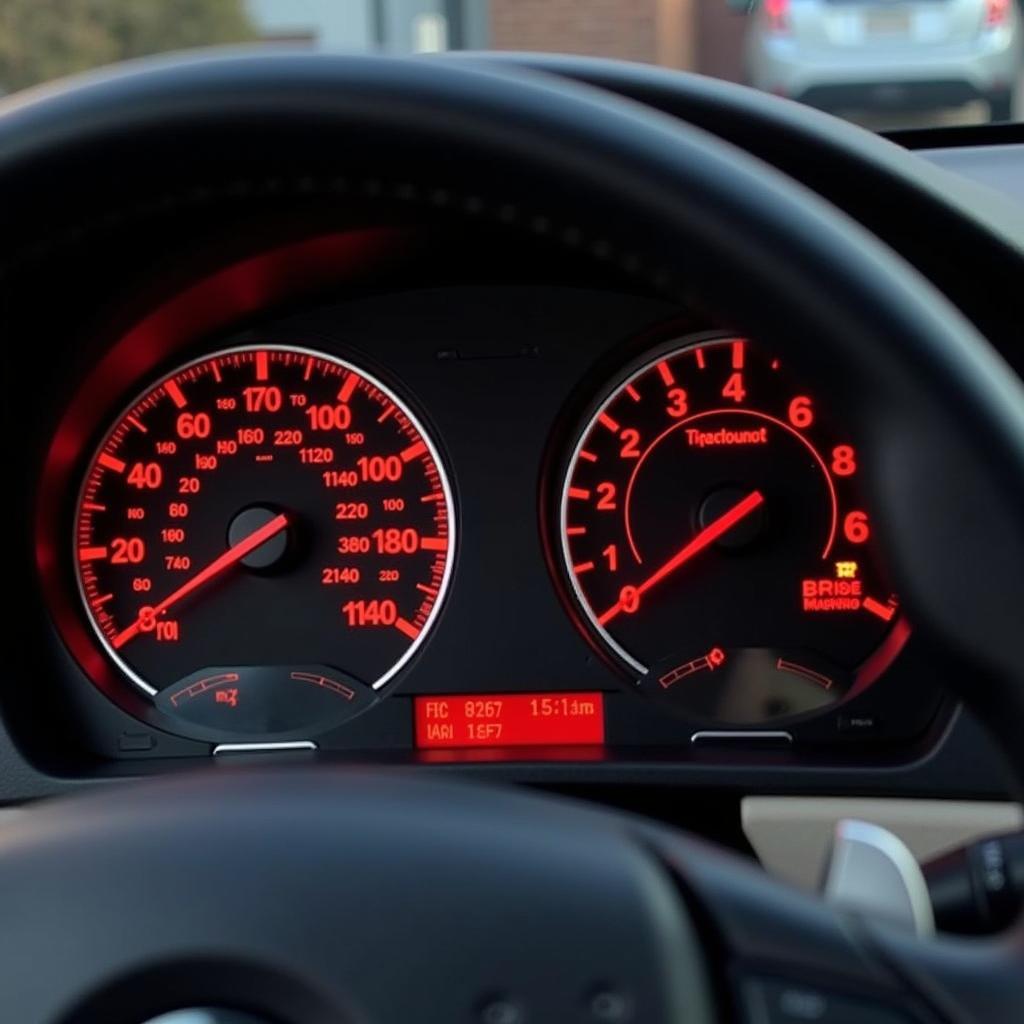A dead car battery is frustrating, especially when it happens repeatedly. This guide helps you diagnose why your car battery always dies and provides solutions to get you back on the road and prevent future occurrences.
Why Does My Car Battery Keep Dying?
Several factors can contribute to a chronically dead battery. From simple issues like leaving your lights on to more complex problems like a faulty alternator, identifying the root cause is crucial.
Common Culprits Behind a Dying Car Battery
- Parasitic Drain: Even when your car is off, certain components draw power. A malfunctioning component or an aftermarket accessory can drain your battery overnight.
- Bad Alternator: The alternator recharges the battery while the engine runs. A failing alternator won’t adequately charge the battery, leading to repeated failures.
- Extreme Temperatures: Both extreme heat and cold can significantly impact battery life and performance. Hot weather can evaporate battery fluid, while cold weather slows down chemical reactions within the battery.
- Old Age: Batteries have a limited lifespan, typically 3-5 years. An aging battery may struggle to hold a charge and die more frequently.
- Corroded Terminals: Corrosion on battery terminals can disrupt the flow of electricity, preventing the battery from charging properly and starting the engine.
- Driving Habits: Short trips don’t give the alternator enough time to fully recharge the battery, especially after starting the engine, which draws a significant amount of power.
How to Diagnose a Car Battery Problem
- Visual Inspection: Check the battery terminals for corrosion. Look for any signs of damage or leakage on the battery case.
- Battery Test: Use a multimeter or a battery tester to check the battery’s voltage. A fully charged battery should read around 12.6 volts.
- Alternator Test: With the engine running, the voltage across the battery terminals should be around 14 volts. A lower reading suggests a problem with the alternator.
- Parasitic Draw Test: Use a multimeter to measure the current draw with the ignition off. A draw exceeding 50 milliamps may indicate a parasitic drain.
 Testing a Car Battery with a Multimeter
Testing a Car Battery with a Multimeter
Solutions for a Constantly Dying Car Battery
Once you’ve identified the cause, you can take the appropriate steps to fix the problem.
- Clean Corroded Terminals: Use a mixture of baking soda and water to neutralize the acid and clean the terminals.
- Replace the Battery: If the battery is old or damaged, replacement is the best solution.
- Repair or Replace the Alternator: A faulty alternator needs to be repaired or replaced by a qualified mechanic.
- Address Parasitic Drain: Identify and fix the source of the drain, which may involve disconnecting aftermarket accessories or repairing faulty components.
- Improve Driving Habits: Take longer drives to allow the alternator to fully recharge the battery. Avoid excessive use of power-hungry accessories like the radio and headlights when the engine is idling.
“Regular battery maintenance, like cleaning the terminals and checking the voltage, can significantly extend the life of your battery and prevent unexpected failures,” says John Smith, ASE Certified Master Technician.
Conclusion
A car battery that always dies is a sign of an underlying issue. By following the diagnostic steps and solutions outlined in this guide, you can effectively address the problem and prevent future battery failures. Don’t let a dead battery leave you stranded; take proactive steps to ensure your car starts reliably every time.
FAQ
-
How long does a car battery last? Typically, car batteries last 3-5 years.
-
What are the signs of a bad alternator? Dim headlights, flickering dashboard lights, and a whining noise from the engine are common signs of a bad alternator.
-
How can I prevent my car battery from dying? Regular maintenance, like cleaning the terminals and limiting short trips, can help prevent battery issues.
-
Can a car battery die from sitting too long? Yes, especially if there is a parasitic drain.
-
How much does it cost to replace a car battery? The cost varies depending on the type of battery and the vehicle, but typically ranges from $100 to $300.
-
Can I jump-start a car with a completely dead battery? Yes, but it may take multiple attempts or a longer jump to provide enough charge to start the engine.
-
Is it safe to drive with a bad alternator? It’s not safe to drive for extended periods with a bad alternator, as the battery will eventually drain, leaving you stranded.


